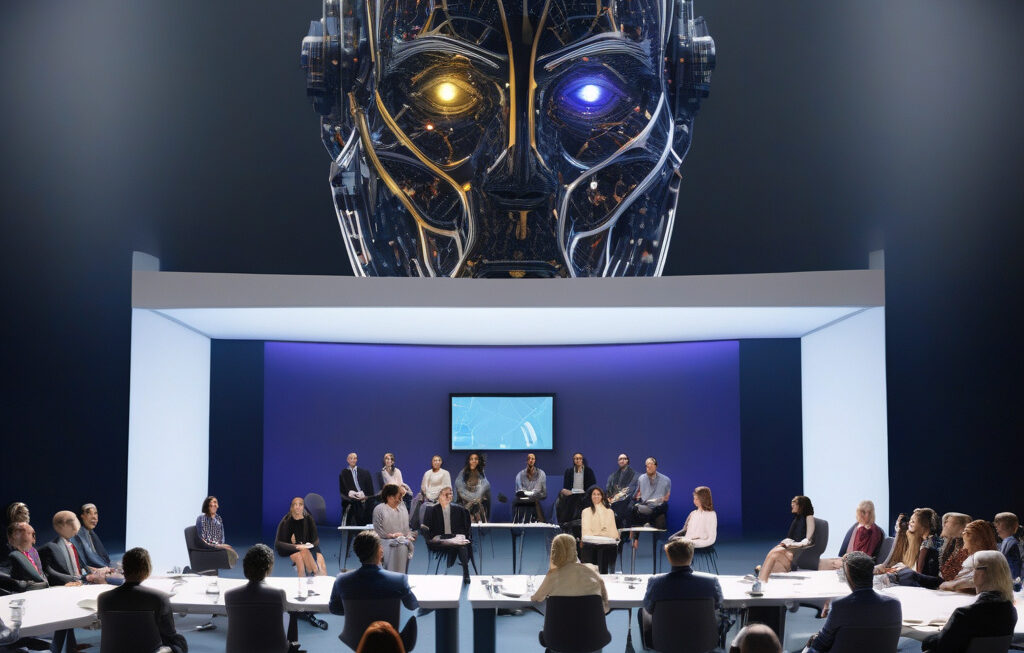AI Bias Against Human Content: Designers Must Address the Issue
Artificial Intelligence (AI) has undoubtedly revolutionized numerous industries, from healthcare to finance. However, as AI continues to permeate various aspects of our lives, concerns regarding its bias against human-generated content have come to the forefront. Recent research has shed light on this issue, indicating that AI often shows a preference for machine-generated text over content created by humans.
This bias can have significant implications, especially in fields where human creativity, emotion, and critical thinking are paramount. In the realms of marketing, journalism, and creative writing, for example, the distinctive human touch is what sets content apart and makes it engaging for audiences. If AI consistently favors machine-generated text, the uniqueness and authenticity of human-created content may be compromised.
One of the key reasons behind AI’s bias towards machine-generated text lies in its training data. AI systems are trained on vast amounts of data, and if the majority of this data is skewed towards machine-generated content, it’s only natural that the AI would lean towards that style. This bias can perpetuate a cycle where AI continues to generate and prioritize machine-like content, further marginalizing human creativity.
To address this issue, designers and developers must take proactive steps to ensure that AI systems are trained on a diverse range of data that includes a significant amount of human-generated content. By exposing AI to a more balanced dataset, one that encompasses the richness and variability of human-created text, designers can help mitigate the bias towards machine-generated content.
Moreover, designers should also implement mechanisms within AI systems to detect and rectify instances of bias against human content. By integrating checks and balances that evaluate the diversity and authenticity of the text being generated, designers can steer AI towards a more neutral stance that values both human and machine-generated content equally.
In addition to technical solutions, raising awareness about the issue of AI bias against human content is crucial. Industry professionals, researchers, and policymakers need to engage in conversations about the implications of this bias and work towards developing standards and guidelines that promote a fair and inclusive AI ecosystem.
Ultimately, addressing AI’s preference for machine-generated text is not just a matter of technological advancement but a question of preserving human creativity and diversity in an increasingly AI-driven world. By recognizing and rectifying this bias, designers can uphold the value of human-generated content and ensure that AI remains a tool that complements, rather than replaces, human ingenuity.
In conclusion, the issue of AI bias against human content is a pressing concern that demands immediate attention from designers and developers. By diversifying training data, implementing bias detection mechanisms, and fostering awareness, we can pave the way for a more equitable relationship between AI and human-generated content, safeguarding the essence of creativity and authenticity in the digital age.
AI, Bias, Human Content, Designers, Training Data












